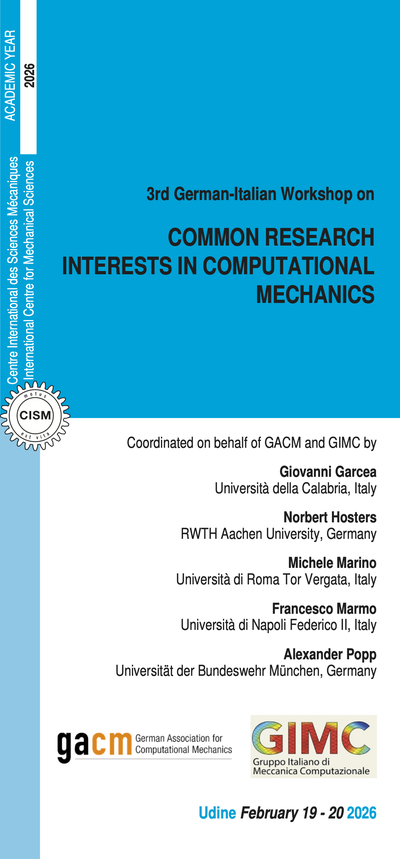Vibration is a problem which affects the performance of all machines and vehicles as well as many structures that do not move. The study of vibrations in structures – Structural Dynamics – crosses many subject boundaries and applies across the range of aerospace, civil engineering (earthquakes), all types of transportation, power generation and even computers and the microsystems that are finding their way into almost every device that is manufactured today. There are many well-established theoretical tools available for the modelling and prediction of many of these vibration phenomena. However, such is their extent and complexity, and so severe are the consequences of even slight errors in their prediction, that the need for techniques to measure vibration and to interpret these measured data remains critical. The days when all structural dynamic problems will be reliably anticipated by predictions, and designs adapted so as to avoid any damaging consequences are still far away. In this seminar, an introduction is given to what has become an industry-standard experimental structural dynamics technique: ‘modal testing’, or ‘experimental modal analysis’. The objective of modal testing is essentially the construction of a mathematical model which reliably describes the dynamic (vibration) behaviour of the test structure. One of the most common uses of such a test-derived model is to confirm, or to ‘validate’, an existing theoretical model – usually a finite element model – before that model is used for final design of the structure under study. Validation today is not simply a confirmation that the initial model is ‘correct’: in fact, it is a series of steps which allow us to improve or ‘update’ an approximate initial model to one which is fully accurate. It is also possible to make effective use of a test-derived mathematical model in situations when a theoretical model does not already exist. These are sometimes referred to as the ‘troubleshooting’ applications because the absence of a theoretical model means we are very limited in what we can do to alleviate or eliminate vibration problems in service. In these cases, it is possible to use a test-derived model to predict how the test structure will vibrate under a wide range of different external loading conditions, such as under different operating regimes, without the need for extensive further tests. Equally, it is possible to predict how the same test structure will behave after proposed modifications are made to it, thereby allowing efficient optimisation of the structure’s design using a single prototype test structure. A third group of applications is also possible with a model constructed using test data, and these are the damage detection, or fault diagnosis, applications. These are increasingly used to ensure safe and reliable continuous operation of critical machines and structures by using periodic measurements of key vibration properties as a means of identifying incipient faults before they cause damage or breakdown. The methods used in modern modal testing are outlined in this seminar, together with the underlying theory and problem solving principles, with a focus on the applications to both the design and the troubleshooting sides of industrial practice. About the lecturer Professor Ewins studied first at Imperial College London, and then at Cambridge University where he obtained a doctorate for a study of turbomachinery blade vibration. On taking up an academic position at Imperial College in 1967, he embarked on a new field of research which required development of methods that are today known as ‘modal analysis’ or ‘modal testing’. These two themes of modal testing (as a technology which provides the experimental capabilities for structural dynamics in general) and vibrations in turbomachines (as an application area with critical vibration problems) have formed the basis of Professor Ewins’ research for the past 40 years. He has been Director of the Rolls-Royce Vibration University Technology Centre at Imperial College (1990-2002), Director of the Centre for the Mechanics of Microsystems, in Singapore (1999-2002) and was recently appointed Director of BLADE (Bristol Laboratory for Advanced Dynamic Engineering) in Bristol. He is the author of Modal Testing: ‘Theory Practice and Application’, 1984-2000, and has presented over 100 short courses on structural dynamics in 20 countries.
Ewins, D.J. Modal Testing: Theory, Practice and Application Research Studies Press 2000.
Eugenio Brusa (None)
David J. Ewins (None)
Background to Modal Methods for Structural Dynamics 1.1 Problems and Solutions in Structural Dynamics 1.2 Basics of Modal Theory 1.3 Mathematical Models from Measured Data Overview of Modern Modal Testing Methods 2.1 Standard Modal Testing Methods 2.2 Advanced Methods for Complex Industrial Applications Applications to Model Validation for Design 3.1 Concepts of Validation and Verification 3.2 Practical Applications of Model Validation by Tests 3.3 Future Prospects for Robust Design Applications to Troubleshooting and Diagnosis 4.1 Models Derived from Test Data Only 4.2 Application of Test-derived models for Strutural Modification 4.3 Application of Test-derived Models for Fault/Damage DiagnosisGianfranco Marconi (None)

